Crucial T700 2TB Performance Testing
We test using both the default smaller test size as well as larger test sets on our benchmarks. This allows us to see the difference between lighter and heavier workloads.
CrystalDiskMark x64
CrystalDiskMark is used as a basic starting point for benchmarks as it is something commonly run by end-users as a sanity check.
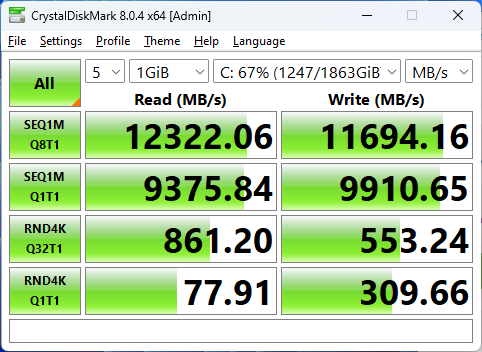
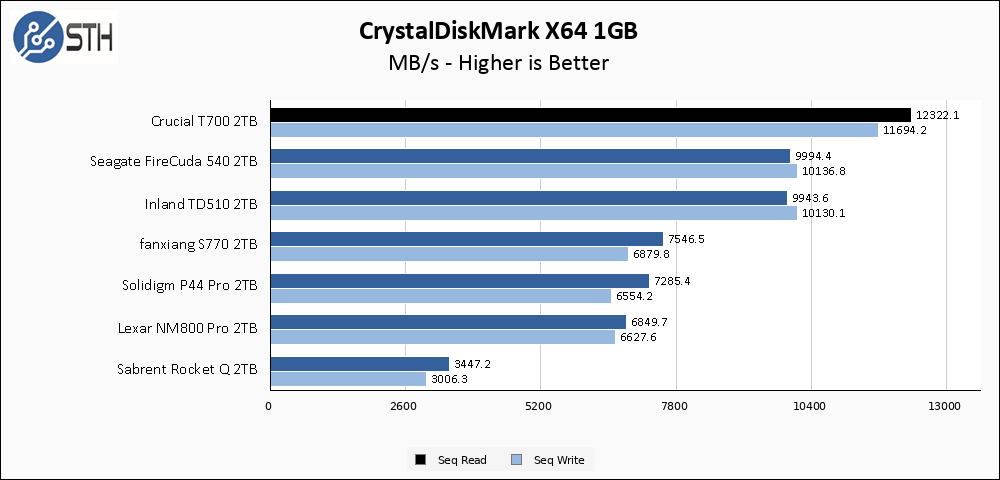
The Crucial T700 2TB starts out at a full sprint as it mostly matches its advertised read and write speeds. This is perhaps the simplest graph I can put on the screen, with all of the drives grouped appropriately. The T700 stands alone at the top, followed by the previous Gen 5 drives. After that, we have a trio of top-end Gen 4 drives, with my Gen 3 drive bringing up the rear.
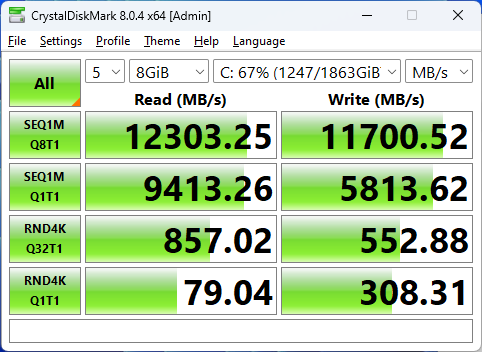

The T700 does not budge in the larger CrystalDiskMark test, which is what I would expect.
ATTO Disk Benchmark
The ATTO Disk Benchmark has been a staple of drive sequential performance testing for years. ATTO was tested at both 256MB and 8GB file sizes.
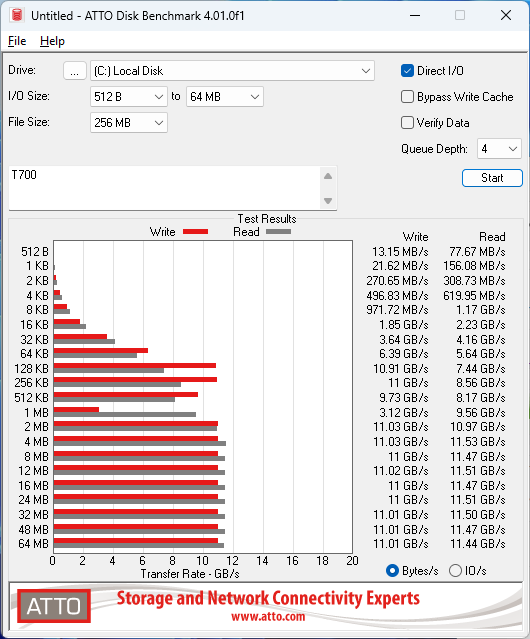
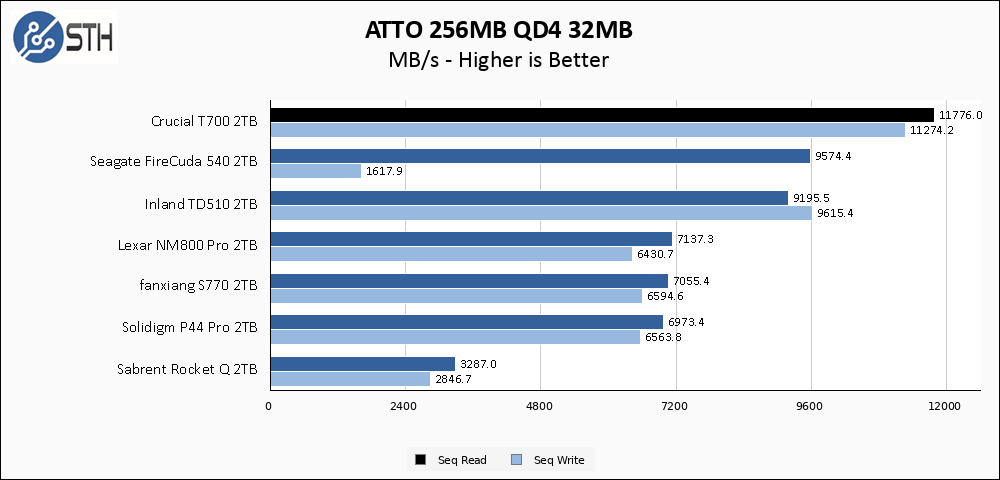
ATTO results for Gen 5 drives have not been perfectly consistent; if you look at my chart you can see the FireCuda 540 struggled here a bit. I eventually found that performance issue to be related to the percentage of the drive that was used, and you can read my review if you want to see that illustrated. Regardless, the T700 performs very well here.
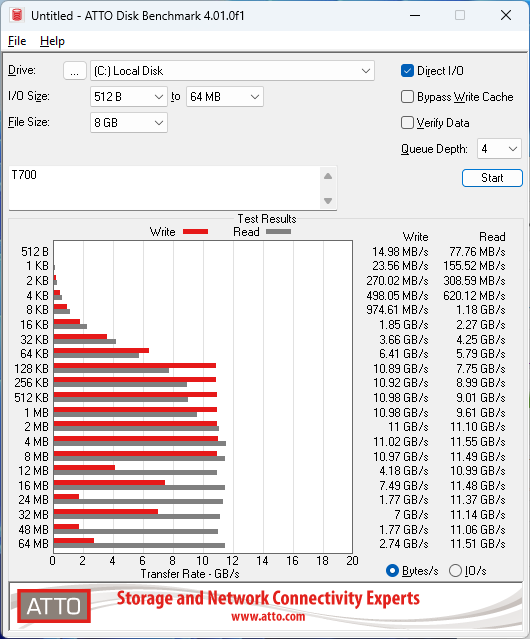
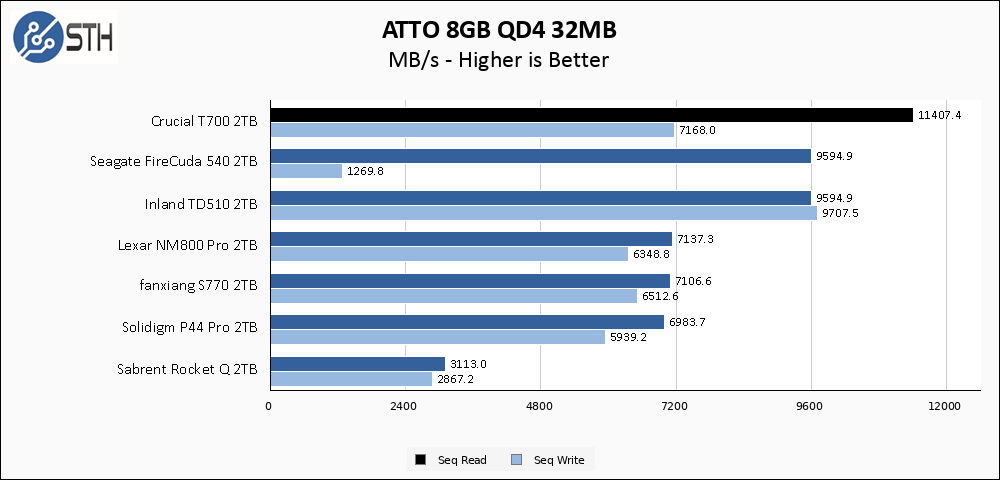
The larger ATTO test brings out some performance problems for the T700; I imagine this is similar to the issues experienced by the FireCuda 540, just not quite as extreme. Regardless, this remains an area that I will keep an eye on in the future.
Anvil’s Storage Utilities
Anvil’s Storage Utilities is a comprehensive benchmark that gives us a very in-depth look at the performance of the drives tested. This benchmark was run with both a 1GB and 8GB test size.
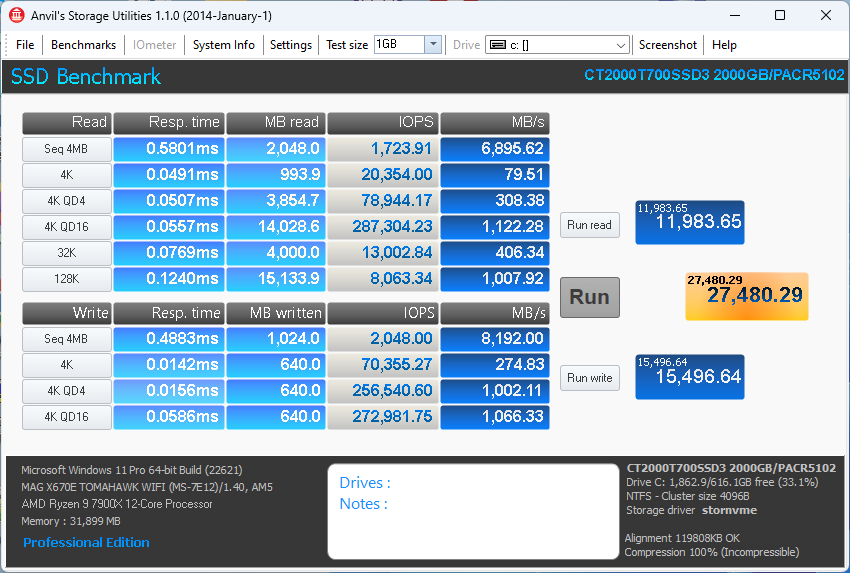
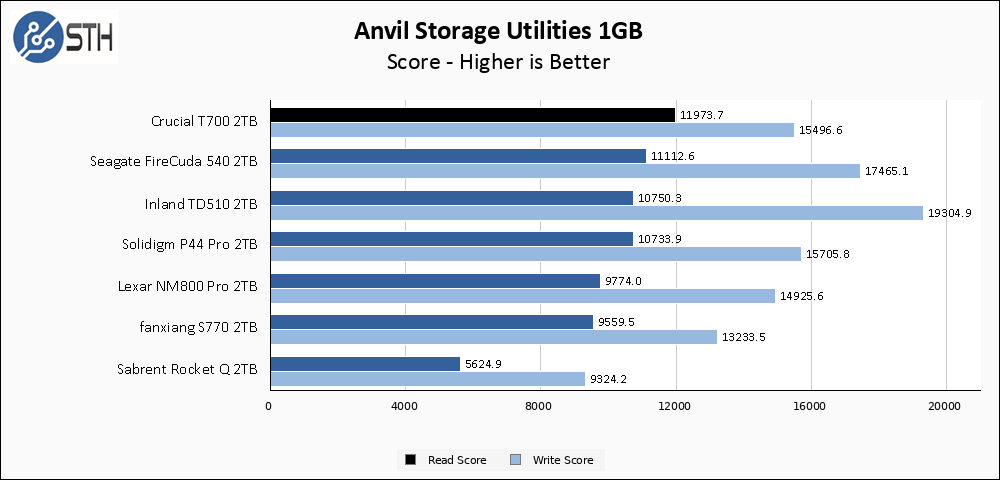
Anvil performance is interesting, mostly in how differently the three Gen 5 drives perform. The Crucial T700 leads the pack in read performance but comes in last for write score among my trio of drives. The performance here is still very good, and the T700 manages to hold off any Gen 4 competitors. The reason for this discrepancy in performance appears to be that the T700 is tuned for higher sequential throughput, at the cost of higher queue depth random performance whereas the Seagate and Inland drives do better.
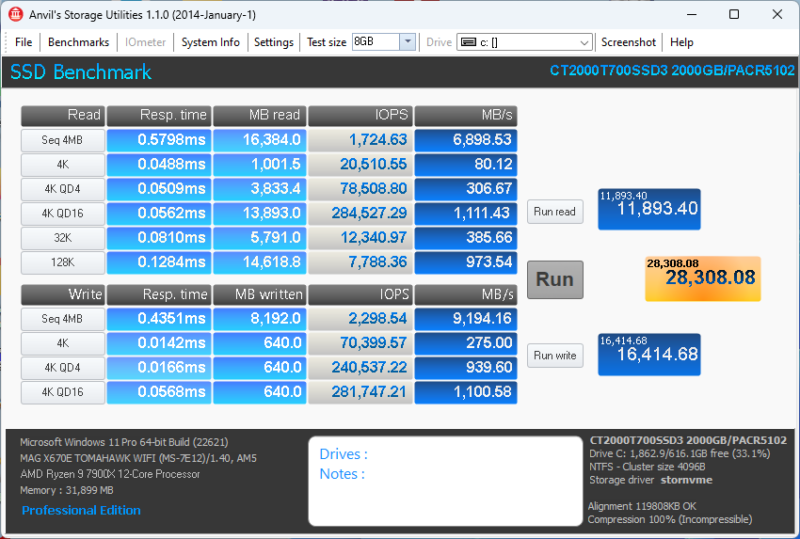
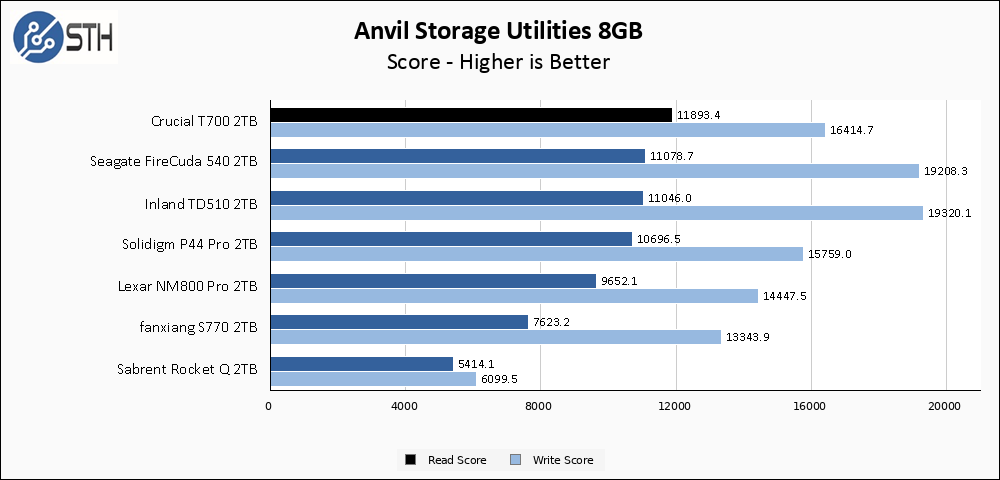
The larger Anvil test has the T700 shows very similar results to the smaller test, with the T700 leading the entire group on read score but coming in a bit slower than the other Gen 5 drives in my test bench for writing, again due to high queue depth random write tests.
AS SSD Benchmark
AS SSD Benchmark is another good benchmark for testing SSDs. We ran all three tests for our series. Like other utilities, it was run with both the default 1GB as well as a larger 10GB test set.
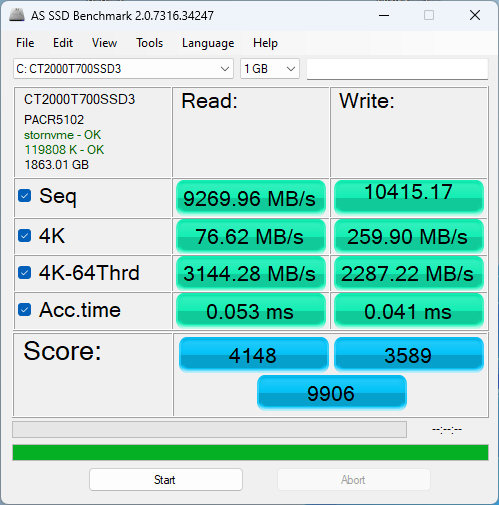
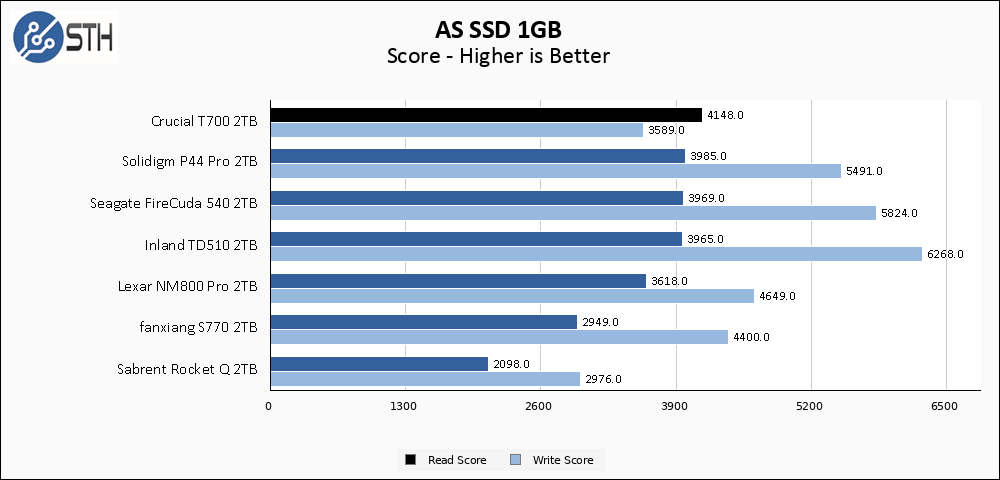
AS SSD results mirror Anvil almost perfectly. The T700 is the king of read performance, but slower multithreaded random writes hold back the write score compared to the other Gen 5 drives in my test suite.
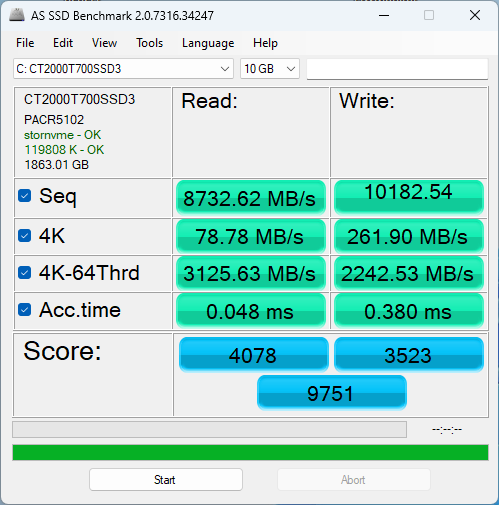
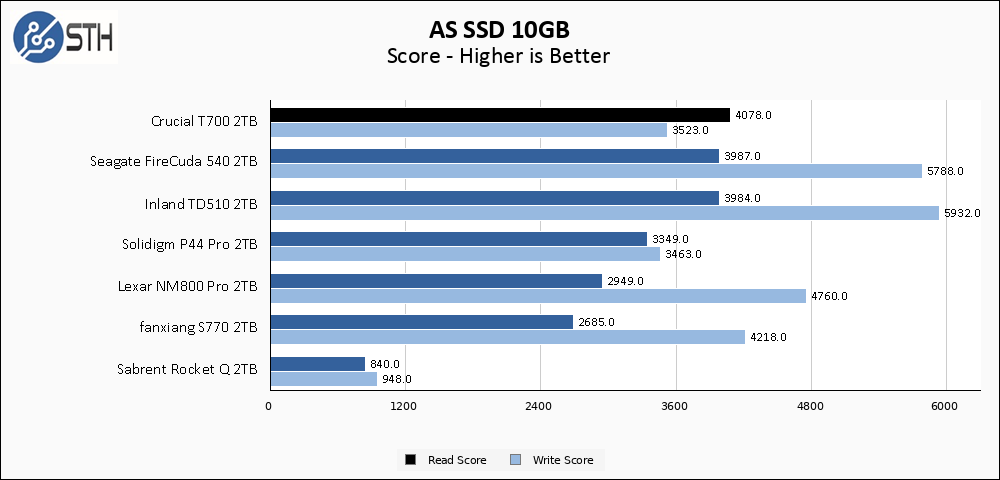
The larger AS SSD test suite shows the T700 holding strong for its performance overall, with a score that barely even changes.
SPECworkstation, thermals, and our conclusion are up next.

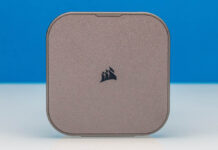
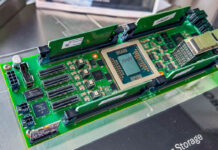
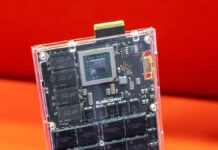
I just got this the other day. Putting it in the new Asus ROG Strix Z790-E Gaming WiFi II (The new 14th gen ready version)
Thank you for this interesting test.
This week Crucial officially announced that there is a compatibility issue between the Gen5 SSDs and the x670e based motherboards.
Will could you confirmed that you did no see any issue when using the MSI MAG Tomahawk Wifi x670e?